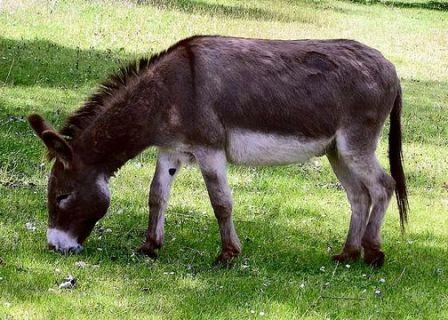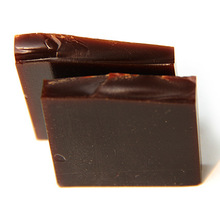

Equus asinus 阿 膠 Ē jiāo Donkey or Ass hide gelatin
PART USED: Hide stewed and concentrated into gelatinous masses
 FLAVOR:
Sweet, Pleasant CHANNEL: Lung, Liver, Kidney
FLAVOR:
Sweet, Pleasant CHANNEL: Lung, Liver, Kidney FUNCTIONS
GROUP: Tonic- Blood- Hemostatic
1. Hemostatic.[1,2,3]
2. Nourish Yin and moisturise the Lung.[1] Water Yin, lubricate dryness.
3. Regulate the menstruation and soothe the fetus.
INDICATIONS
1. Blood deficiency
- Generally -with sallow complexion, dizziness and palpitation; for asthenia- syndrome manifested as various types of bleeding, such as hematemesis, hemafecia, hematuria, hemoptysis,[1] metrorrhagia.[1] Yin Deficiency anemia.[2] Anemia. Palpitation.
Recently used for anemia, leukocytopenia, and thrombocytopenic purpura.
- Manifested as menoxenia (problems with menstruation) anemia. Threatened abortion. Vaginal bleeding.
2. Febrile diseases with Yin deficiency[1] with Fire hyperactivity manifested as vexation and insomnia.
- insufficiency of Yin Blood with muscular spasm.
- dryness of the Lung with cough and thirst. Dry cough. Discharge of blood from mouth.
Fever caused Yin damage.
3. Weakness of muscles.
PREPARATIONS: 5-9 g dissolved in water and taken by mouth.[1,3] Solid resin 3-9 g.[2]
